Standards play a critical role in the world of technology. For the Office of Management and Enterprise Services, standards are the foundation of a transparent ecosystem for state agencies and provide a continuous technology evolution road map.
Recently OMES Information Services updated and reviewed over 100 standards. During that process, they identified the 10 most impactful.
“All of our standards are important, but I believe these 10 will impact Oklahoma agencies the most,” said Jerry Moore, state chief of information officer. “My hope is that these standards will empower informed technology decisions.”
1. Physical security system standard
The physical security system standard outlines the hardware and software requirements for access control and video surveillance systems.
Only OMES IS authorized access control systems and video surveillance systems shall be used at state facilities.
There has been a 20% cost in savings by switching to the state standard system. We can better protect the state network while simultaneously providing a better product to end users.
2. Domain name standard
The domain name standard organizes state government websites and email addresses under the same top-level domain name offering a consistent aesthetic and common navigational framework.
Uniform domain names help to strengthen recognition by Oklahoma residents when accessing or receiving official State of Oklahoma information.
3. Workstation standard
The workstation standard provides Oklahoma agencies with approved configurations and deployment services.
These tools and services help us remain consistent across the enterprise and provide a better support experience and 24/7/365 protection and monitoring by Cyber Command.
4. Reference architecture standard
The reference architecture standard is used as a technology discipline that assesses all aspects of IT services within and between state agencies to improve mission effectiveness, efficient use of resources and cost reduction.
With this standard, the citizen and customer experiences are improved by implementing supportable solutions.
5. Email naming convention standard
In an effort to be consistent and transparent, OMES IS established an email naming convention standard.
This standard creates a consistent and predictable way to assign email addresses, as well as helps unify state agency email addresses under one naming convention.
6. Administrator account standard
By state statute, OMES IS is responsible for ensuring the success of state information technology initiatives, mandatory information security standards and internal controls.
The consolidation of state IT infrastructure, data and computer systems present unique possibilities and challenges for the state. Accordingly, the administrator account standard establishes the requirements for administrator rights and applies to all state employees.
7. Third-party risk management standard
OMES IS is committed to preventing incidents that may impact the confidentiality, integrity or availability of information assets through the third-party risk management standard for the State of Oklahoma.
State policy requires the performance of routine assessments to identify risk and ensure appropriate controls. As per OMES IS policy, any supplier accessing, processing, storing or transmitting State of Oklahoma data must be appropriately managed for risk and undergo risk assessments as part of its life cycle.
8. Data sharing standard
This data sharing standard specifies a data sharing solution for the state data platform that allows one platform for sharing all data residing in the state data platform
The goal of this standard is to ensure there is an adoption of a standard mechanism for sharing data stored in the state data platform within a uniform sustainable system.
9. State data platform classification standard
The state data platform classification standard provides information on how data is identified and organized by type to be shared on the state data platform (SDP).
Classification determines who can access the data for data sharing and how it should be maintained over time within the SDP.
10. Robotic process automation standard
The robotic process automation standard defines software technology that can build, deploy and manage robotic automation that emulates human actions interacting with digital systems and software.
The state standard identifies the supplier UiPath to help meet the needs of process automation projects for state agencies.
Each of these standards helps us maintain our improved cyber security posture and customer alignment, along with driving efficiency, security and long-term planning for Oklahoma.
All published standards can be found at oklahoma.gov/standards.


